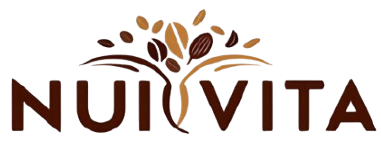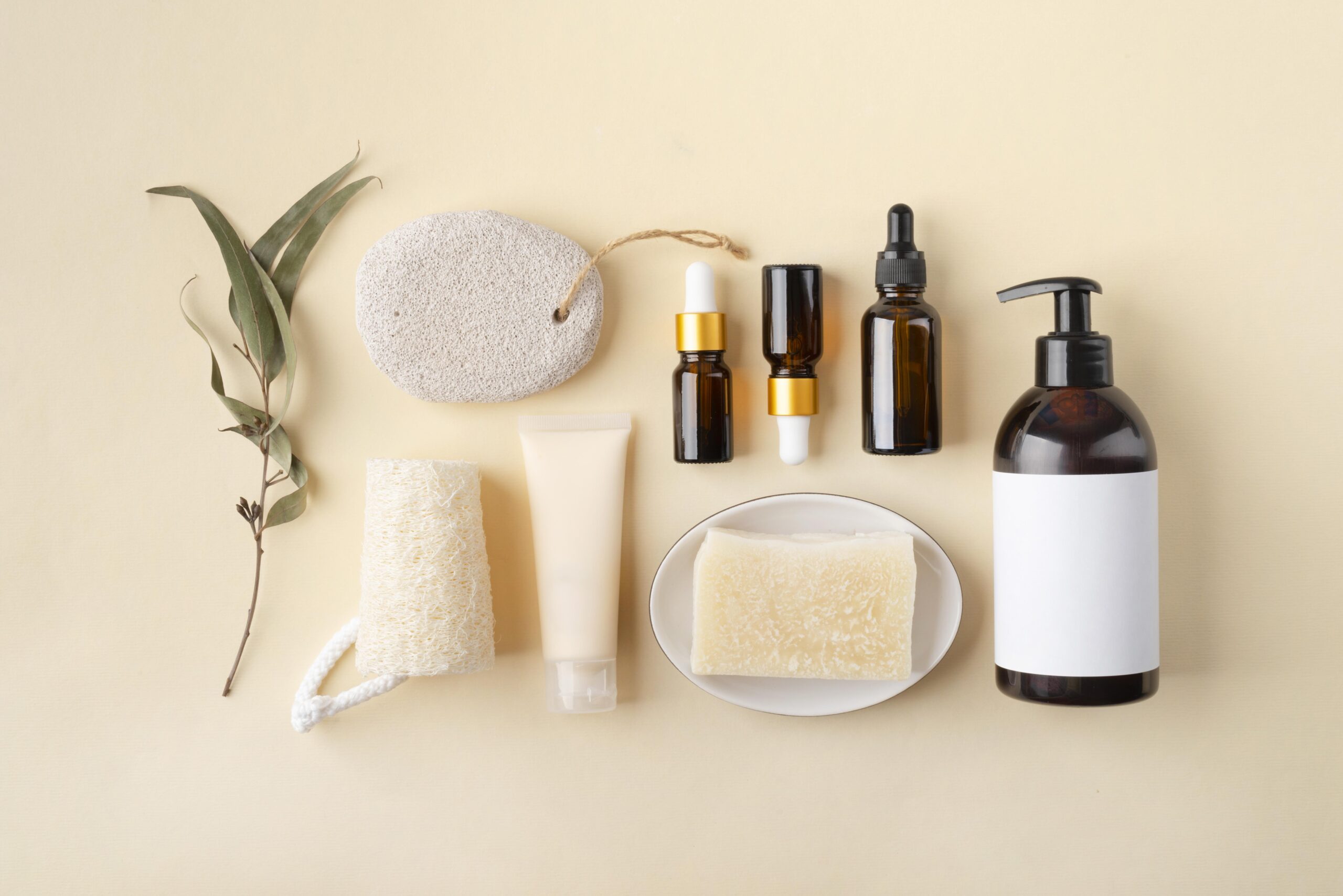In today’s fast-paced world, self-care is more important than ever. With increasing awareness about harmful chemicals in beauty and skincare products, people are shifting toward natural alternatives. Raw cosmetics and perfumes offer a pure and organic way to nourish the skin, enhance well-being, and enjoy the benefits of nature’s finest ingredients.
Natural self-care is not just about looking good—it’s about using products that work in harmony with your skin and body, free from synthetic additives. Raw cosmetics are made with unprocessed, high-quality ingredients that retain their full nutritional value. Similarly, natural perfumes are crafted from essential oils and botanical extracts, providing a refreshing and therapeutic experience.
In this guide, we’ll explore the benefits of raw cosmetics and natural perfumes, key ingredients to look for, and how to incorporate them into your daily self-care routine.
Chapter 1: Understanding Raw Cosmetics
1.1 What Are Raw Cosmetics?
Raw cosmetics are skincare and beauty products made from natural, unprocessed ingredients such as plant-based oils, butters, clays, and herbal extracts. They are free from synthetic preservatives, parabens, sulfates, and artificial fragrances.
1.2 Benefits of Using Raw Cosmetics
- Gentle on Skin – No harsh chemicals that cause irritation.
- Nutrient-Rich – Natural vitamins, minerals, and antioxidants nourish the skin.
- Eco-Friendly – Sustainable ingredients reduce environmental impact.
- Free from Toxins – No synthetic additives that disrupt hormones or cause allergies.
- Cruelty-Free – Often made without animal testing or harmful ingredients.
1.3 Common Ingredients in Raw Cosmetics and Their Benefits
- Shea Butter – Moisturizes and soothes dry skin.
- Coconut Oil – Has antibacterial and hydrating properties.
- Aloe Vera – Heals and soothes irritated skin.
- Argan Oil – Reduces fine lines and promotes elasticity.
- Rose Water – Tones and refreshes the skin.
- Clay (Kaolin, Bentonite) – Detoxifies and absorbs excess oil.
- Essential Oils (Lavender, Tea Tree, Frankincense) – Provide therapeutic benefits.
1.4 Types of Raw Cosmetics
- Facial Care – Cleansers, masks, moisturizers, and serums.
- Body Care – Butters, scrubs, and lotions.
- Hair Care – Natural shampoos, conditioners, and oils.
- Lip Care – Balms and scrubs made with raw ingredients.
Chapter 2: The Science of Natural Perfumes
2.1 What Makes a Perfume Natural?
Unlike synthetic perfumes, natural perfumes are crafted from botanical extracts, essential oils, resins, and floral waters. They do not contain artificial fixatives, which often cause allergies and skin reactions.
2.2 Benefits of Natural Perfumes
- Non-Toxic – Free from harmful chemicals like phthalates.
- Unique & Complex Scents – Blends of natural ingredients create sophisticated aromas.
- Aromatherapy Benefits – Essential oils uplift mood and promote relaxation.
- Sustainable & Eco-Friendly – No synthetic waste harming the environment.
2.3 Essential Oils Used in Natural Perfumes
- Lavender – Calming and soothing.
- Jasmine – Sensual and floral.
- Sandalwood – Woody and grounding.
- Bergamot – Citrusy and refreshing.
- Patchouli – Earthy and musky.
- Vanilla – Warm and sweet.
2.4 The Art of Perfume Blending
Natural perfumes are created using a balance of:
- Top Notes (Citrus, herbs) – The first impression.
- Middle Notes (Floral, fruity) – The heart of the fragrance.
- Base Notes (Woody, resinous) – The lasting scent.
2.5 How to Choose the Right Natural Perfume
- Identify your personal scent preference (floral, citrus, woody, musky).
- Consider skin chemistry—some scents last longer on different skin types.
- Choose based on mood or occasion—light scents for day, deep scents for night.
Chapter 3: DIY Natural Self-Care Recipes
3.1 DIY Raw Skincare Recipes
1. Nourishing Face Mask
Ingredients:
- 1 tbsp raw honey
- 1 tbsp yogurt
- ½ tsp turmeric
Instructions:
Mix ingredients and apply for 15 minutes. Rinse with warm water for glowing skin.
2. Hydrating Lip Balm
Ingredients:
- 1 tbsp coconut oil
- 1 tbsp shea butter
- 1 tsp beeswax
Instructions:
Melt ingredients together, pour into a small container, and let it cool.
3.2 DIY Natural Perfume Blends
1. Floral Citrus Perfume
Ingredients:
- 5 drops jasmine essential oil
- 3 drops bergamot oil
- 2 drops sandalwood oil
- 2 tbsp jojoba oil
Instructions:
Mix in a glass bottle and let it blend for a week before using.
2. Earthy Musk Perfume
Ingredients:
- 4 drops patchouli essential oil
- 3 drops vanilla extract
- 2 drops cedarwood oil
Instructions:
Blend and store in a roll-on bottle for an all-natural fragrance.
Chapter 4: Transitioning to a Natural Self-Care Routine
4.1 Steps to Switch to Natural Beauty Products
- Start with basics – Swap conventional skincare with natural alternatives.
- Read ingredient labels – Avoid synthetic chemicals.
- Choose multi-purpose products – Oils that work for skin, hair, and body.
- Patch test – Ensure compatibility with sensitive skin.
4.2 Creating a Holistic Self-Care Routine
- Morning: Cleanse, hydrate, and apply natural sunscreen.
- Afternoon: Refresh with floral mists and moisturize.
- Evening: Deep cleanse, use masks, and relax with aromatherapy.
4.3 Common Myths About Natural Beauty
- “Natural products don’t work as well.” – Many natural ingredients are more effective than synthetics.
- “They expire too quickly.” – Proper storage extends shelf life.
- “They are expensive.” – DIY alternatives can be cost-effective.
Chapter 5: The Future of Raw Cosmetics and Natural Perfumes
5.1 Rising Trends in Natural Beauty
- Growth in eco-friendly packaging and zero-waste beauty.
- Increase in customizable skincare based on individual needs.
- Expansion of vegan and cruelty-free options.
5.2 Supporting Ethical and Sustainable Beauty Brands
- Look for organic certifications and fair trade ingredients.
- Support brands that prioritize ethical sourcing.
- Reduce waste by choosing refillable and biodegradable packaging.
Conclusion
Embracing natural self-care with raw cosmetics and natural perfumes is a step toward healthier skin, well-being, and a sustainable lifestyle. By choosing pure ingredients, you can enjoy the beauty of nature while avoiding harmful chemicals. Whether you’re making your own products or exploring brands that prioritize raw beauty, the journey to natural self-care is rewarding.
Start today—switch to clean beauty, indulge in nature’s finest ingredients, and experience the power of true self-care.

